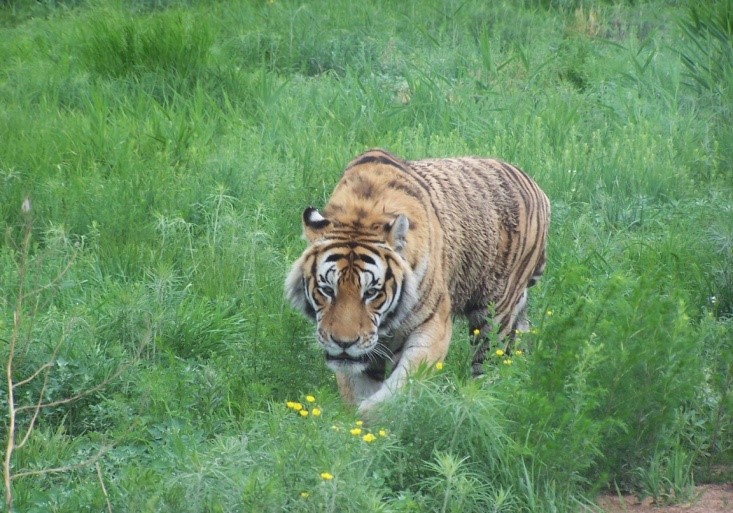
It's no news to NatureServe that high quality biodiversity knowledge leads to meaningful conservation Impacts. An article documenting the return of Amur tigers and leopards to China, co-authored by NatureServe staff member Xuemei Han, has directly informed largescale conservation action in China. The Chinese Government, in order to conserve the big cats, has set aside an incredible $1.5 billion for a National Park that will be nearly 15,000 km2 in area - 60% larger than Yellowstone National Park.
The article published in Landscape Ecology, "Amur tigers and leopards returning to China: direct evidence and a landscape conservation plan", had three main goals:
To determine the abundance and spatiotemporal patterns of tigers, leopards, and primary prey
To investigate factors influencing the resettlement of the two big cats; and
To propose a landscape-scale conservation plan to secure the long-term sustainability of the Amur tiger and leopard.
As a result from the article's success, it was recently featured by the scientific journal publisher Springer Nature as a "world-changing paper" of 2016. The “Change the World, One Article at a Time” initiative, asked the Editors-in-Chief of Springer Nature journals across disciplines to select the scientific findings published in 2016 that they believe could have the greatest impact on society’s most pressing problems.
A comprehensive plan and pilot for the national park is expected to be carried out before 2020, as reported at xinhuanet.com